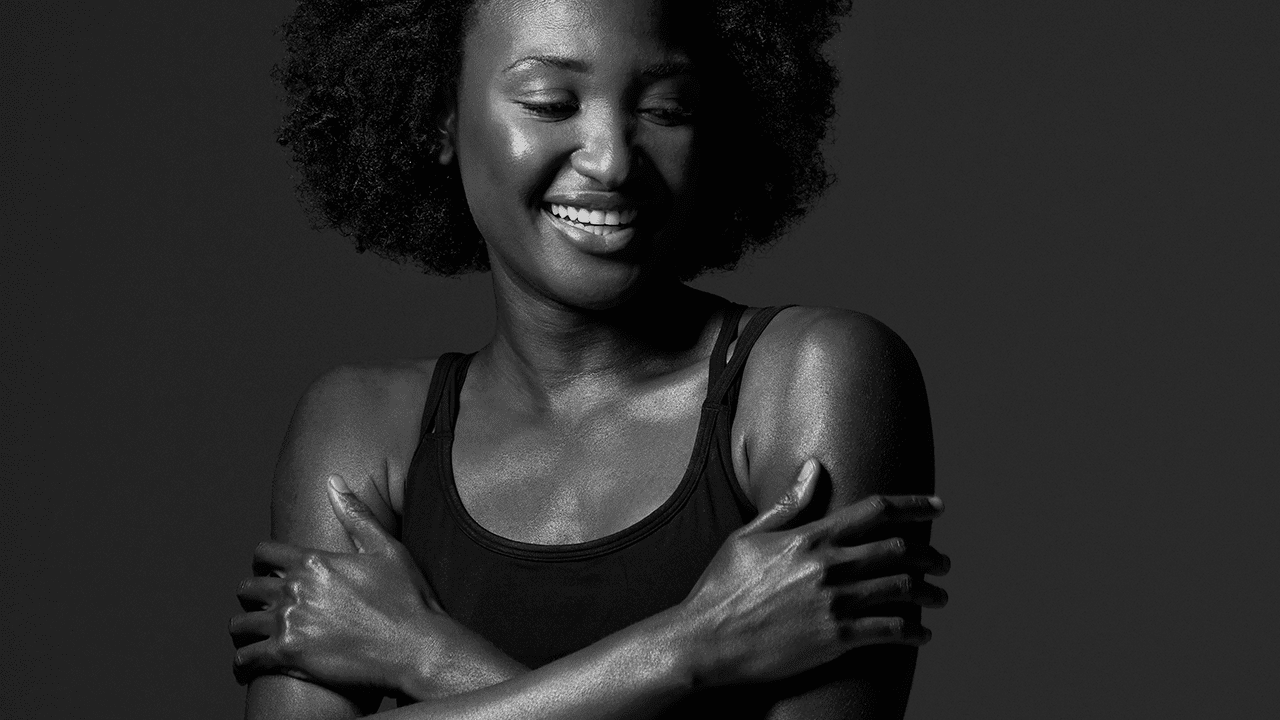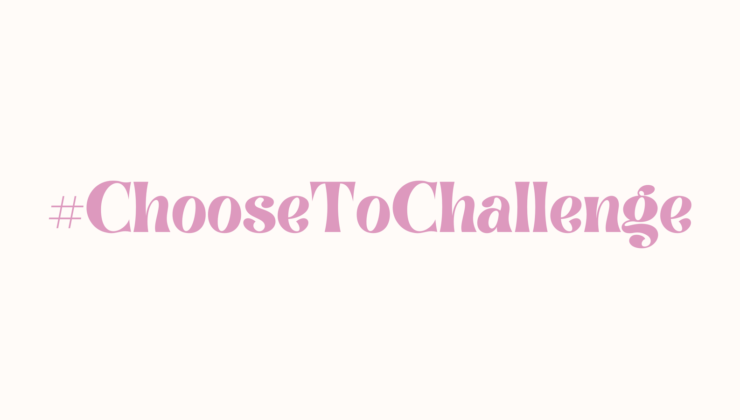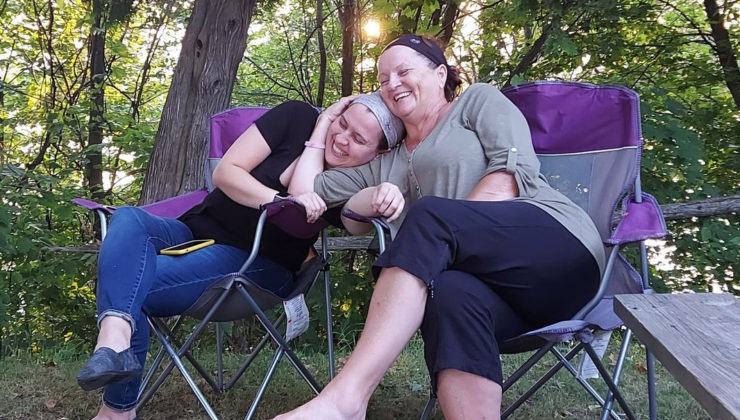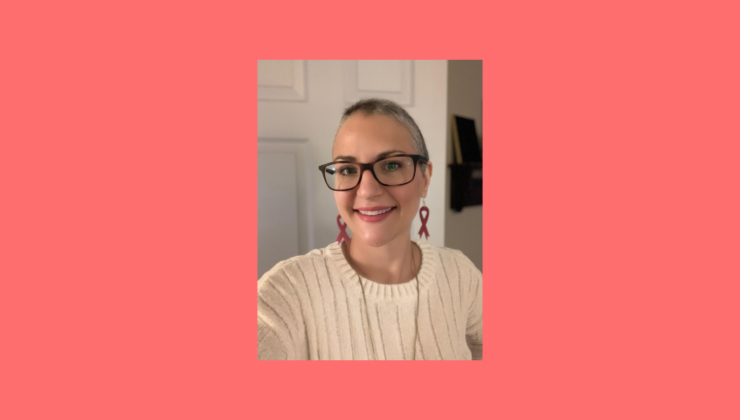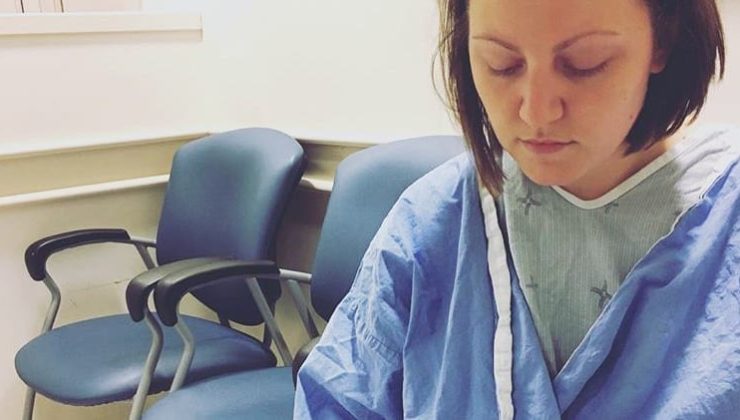You Know You Best

Be your own hero
Nearly 80% of young women find their breast abnormalities themselves. So, does this mean you should be constantly checking for lumps? No. Studies also show that there are no changes to mortality between women who naturally notice and report a change that turns out to be breast cancer, and those who are proactively checking for lumps and changes. Furthermore, breast cancer can manifest in more ways that just a lump. Other possible symptoms of breast cancer may include itchiness of the breast, redness or swelling, puckering of the skin, and change in the nipple. Learn more about detection here.
Also, because breast cancer is so rare in women 40 and under, young women should be made aware that “checking” their breasts too frequently for lumps can lead to increased healthcare visits and increased benign biopsy results.
Should I be screened?
The saturated and often competing information regarding the benefits, drawbacks and limitations of breast screening can be confusing. We know! And we are here to help clear up the confusion for young women as much as possible. The mixed-messages over screening perhaps arise due to the fact that the best course of action is not the same across the board, but rather, is dependent on a number of individual factors such as age, genetics, and personal and family history.
Rethink Breast Cancer bases its recommendations for breast screening on the CTFPHC guidelines released in November 2011, which apply only to women of average risk of breast cancer age 40 to 74 years. They do not apply to women at higher risk due to personal history of breast cancer, history of breast cancer in first degree relative, known BRCA1/BRAC2 mutation, or prior chest wall radiation.
Regular mammography is most beneficial for women aged 50-69. However, this type of screening for women under 40 has been shown to result in high rates of callbacks, low rates of cancer detection, and high rates of false-positive results. Regular mammograms are not recommended for average risk women under 40 years old, in part, because breast tissue tends to be more dense in young women, making mammograms less effective as a screening tool.
There is currently no effective screening tool for young women of average risk, so being breast aware is your best defense. But it is also important to identify whether or not you fall into the “average risk” category. Consult with a doctor to determine your own personal risk of developing breast cancer and discuss the risks and benefits of regular screening with mammography as well as your own personal preferences. Your family or personal history may mean you should start testing earlier or get tested more often than the recommended guidelines.
To learn more, check out Rethink’s Breast Screening Guidelines
Early bird doesn’t always catch the worm
The benefits of early cancer detection tend to be overstated; it can help with outcomes for some cancers but not others. Every cancer experience is unique and cancer behaves uniquely in every body. Rethink Breast Cancer believes in personalized medicine that is customized to the individual, and believes we need to focus our attention to risk reduction and better personalized treatments.
Remember – you know you best.
What you need to know:
- Be breast aware so that you know what looks and feels normal for you – you know your own body best
- Pay attention to all changes rather than just looking for lumps, and report any irregularities to your doctor
- Currently, there is no effective screening tool for young women
- Young women of average risk don’t benefit from mammograms until after 50

